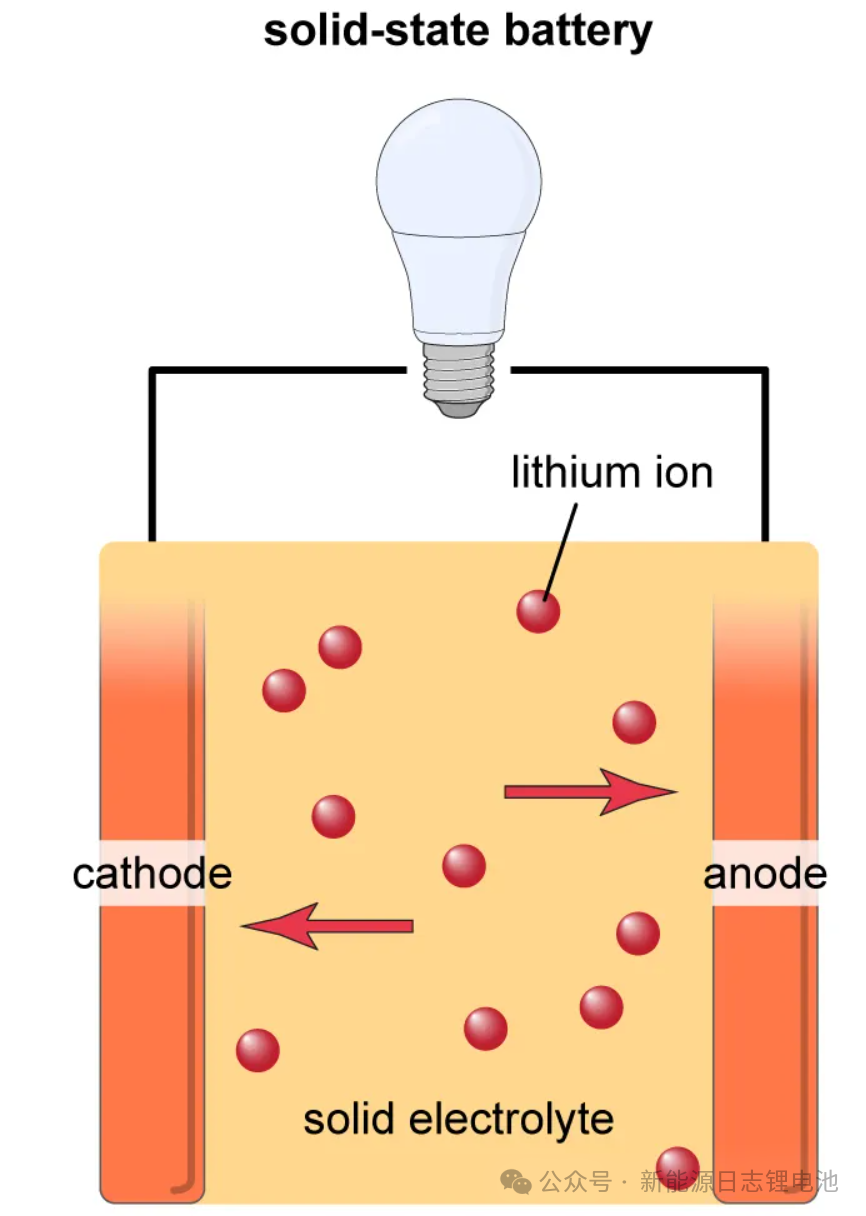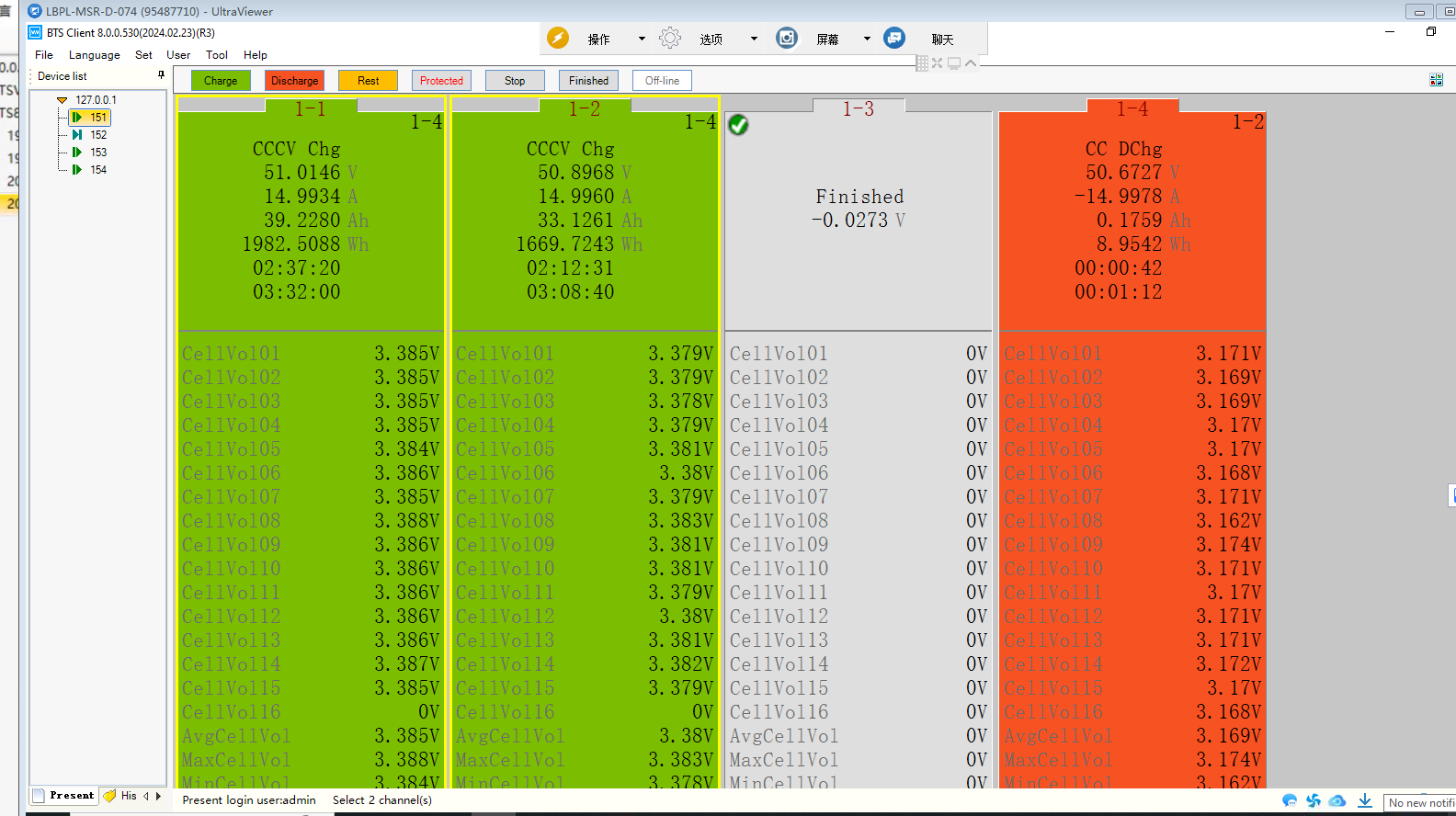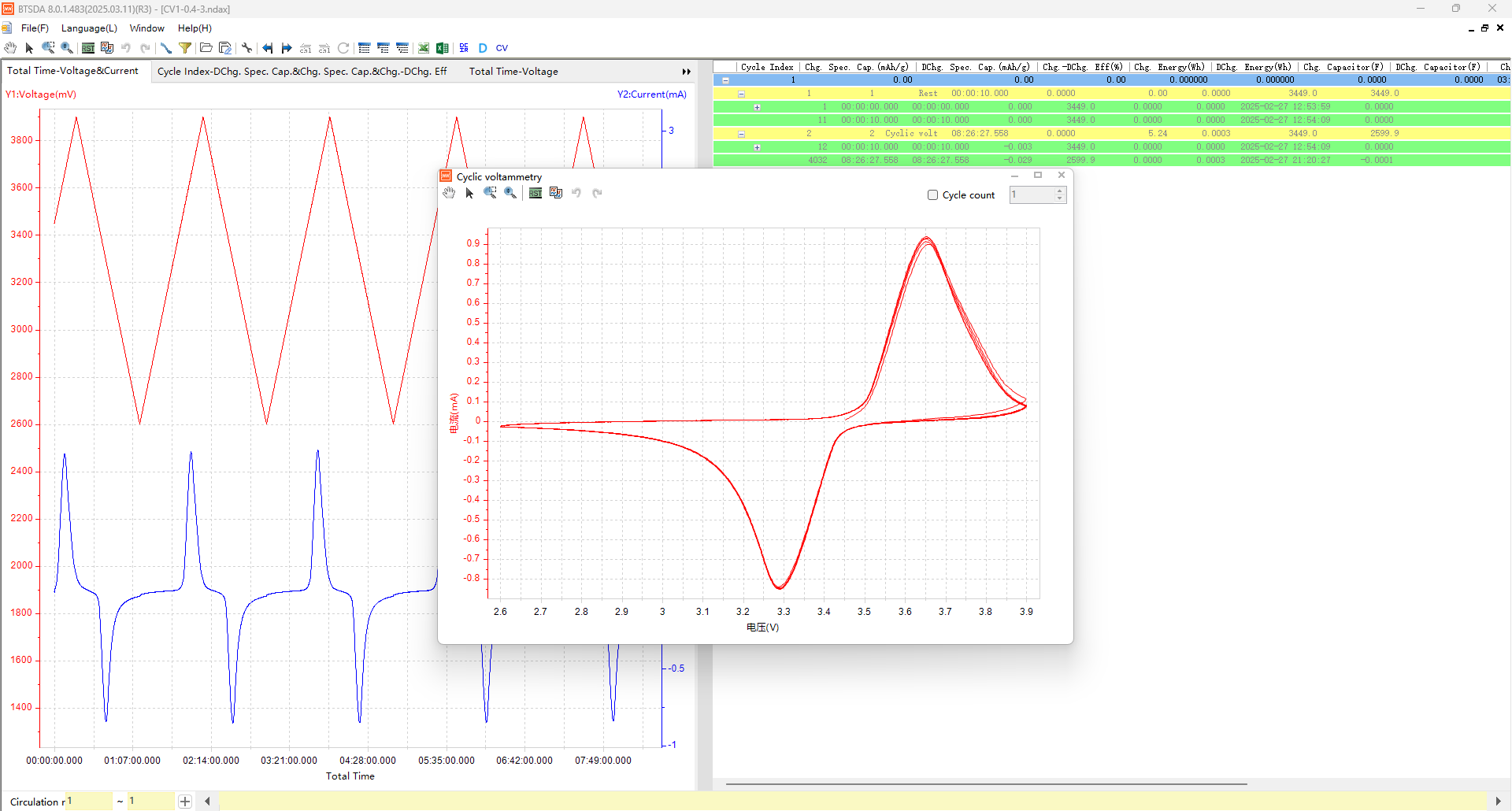
A ductile solid electrolyte interphase for solid-state batteries
Another “Nature” about battery: A ductile solid electrolyte interphase for solid-state batteries Solid-state lithium metal batteries are facing huge challenges under practical working conditions. Even when the ionic conductivity of composite solid-state electrolytes is increased to 1 mS cm−1, it is still difficult to realize long-life cycling of solid-state batteries above a current density of 1 mA cm−2 and an areal capacity of 1 mAh cm−2 (ref.). The fundamental cause is the brittle nature of the solid–electrolyte interphase (SEI) with sluggish lithium-ion transport and the resulting lithium dendrites and severe side reactions. Here we report a ductile inorganic-rich SEI that retains its structural integrity while allowing easy ion diffusion at high current densities and areal capacities.





